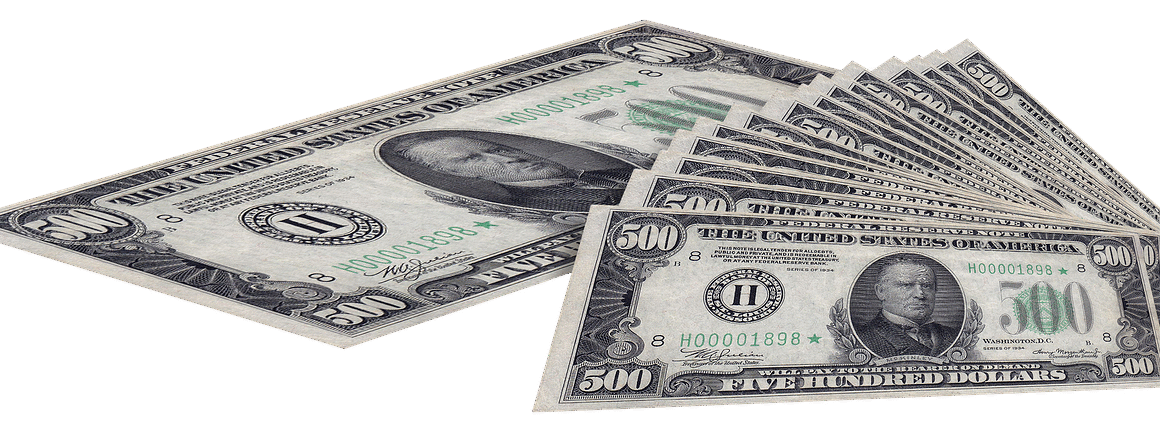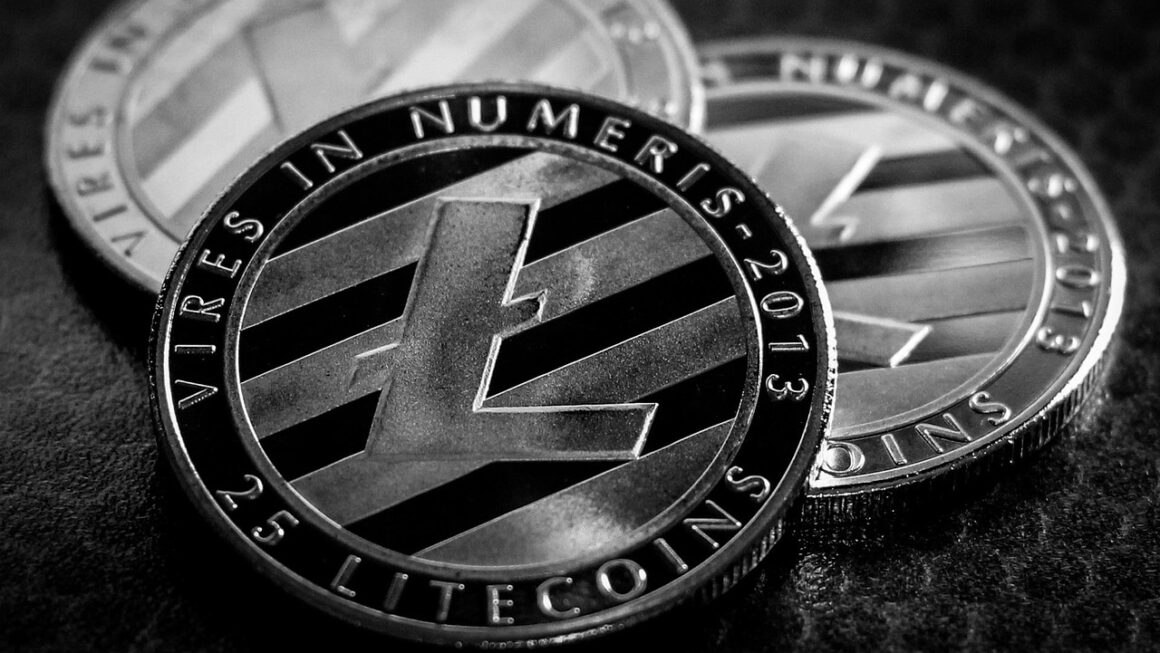Saving money is a cornerstone of financial well-being, providing a safety net for unexpected expenses and empowering you to achieve your long-term goals. Whether you dream of early retirement, owning a home, or simply having more financial security, developing effective saving strategies is crucial. This guide provides practical and actionable tips to help you boost your savings, regardless of your current financial situation.
Understanding Your Financial Landscape
Tracking Your Income and Expenses
Before you can effectively save, you need a clear picture of where your money is going. This involves meticulously tracking both your income and expenses.
- Income: Account for all sources of income, including salary, side hustles, investments, and any other regular payments.
- Expenses: Categorize your expenses into fixed costs (rent, mortgage, utilities) and variable costs (groceries, entertainment, dining out). Use budgeting apps, spreadsheets, or old-fashioned notebooks to track every penny. Many banks offer free tracking tools.
- Example: Use a budgeting app like Mint or YNAB (You Need A Budget) to automatically categorize your transactions. At the end of the month, review your spending to identify areas where you can cut back.
Creating a Budget
A budget is a roadmap for your money, outlining how you plan to allocate your income.
- 50/30/20 Rule: Allocate 50% of your income to needs (housing, food, transportation), 30% to wants (entertainment, dining out, hobbies), and 20% to savings and debt repayment. This provides a general framework, which you can adjust based on your specific circumstances.
- Zero-Based Budget: Allocate every dollar you earn to a specific purpose, ensuring that your income minus your expenses equals zero. This method provides greater control and accountability.
- Example: If you earn $3,000 per month after taxes, using the 50/30/20 rule, you would allocate $1,500 to needs, $900 to wants, and $600 to savings and debt repayment.
Cutting Unnecessary Expenses
Identifying Spending Leaks
Small, seemingly insignificant expenses can add up over time. Identifying and eliminating these “spending leaks” can significantly boost your savings.
- Subscription Services: Review your subscriptions (streaming services, gym memberships, magazine subscriptions) and cancel those you no longer use or need.
- Dining Out & Takeout: Reduce the frequency of dining out and ordering takeout. Cook more meals at home, which is typically much cheaper.
- Impulse Purchases: Avoid making impulse purchases. Implement a “cooling-off period” (e.g., 24 hours) before buying non-essential items.
- Example: Instead of buying a $5 coffee every morning, brew coffee at home for a fraction of the cost. This small change can save you hundreds of dollars per year.
Negotiating Bills and Finding Deals
Don’t be afraid to negotiate lower rates for your bills and actively seek out deals and discounts.
- Internet & Cable: Contact your service providers and ask for a lower rate. Research competitor pricing to leverage your negotiation.
- Insurance: Shop around for insurance quotes (auto, home, life) to ensure you’re getting the best deal.
- Couponing & Discounts: Utilize coupons, online promo codes, and cashback apps to save money on groceries, clothing, and other purchases.
- Example: Use websites like NerdWallet and The Simple Dollar to compare insurance quotes. Also, leverage apps like Honey or Rakuten to find coupon codes automatically.
Automating Your Savings
Setting Up Automatic Transfers
One of the most effective ways to save money is to automate the process.
- Direct Deposit to Savings: Set up a portion of your paycheck to be automatically deposited into your savings account.
- Recurring Transfers: Schedule recurring transfers from your checking account to your savings or investment account on a weekly or monthly basis.
- Example: Set up an automatic transfer of $50 per week from your checking account to a high-yield savings account. This consistent saving, even in small amounts, can accumulate significant savings over time.
Utilizing Round-Up Apps
Round-up apps automatically round up your purchases to the nearest dollar and invest the difference.
- Acorns, Robinhood: These apps connect to your bank account and round up your purchases, investing the spare change in a diversified portfolio.
- Bank of America Keep the Change: Some banks offer similar programs that round up your purchases and deposit the spare change into a savings account.
- Example: If you buy a coffee for $2.50, the app will round up the purchase to $3.00 and invest the extra $0.50. These small investments accumulate over time.
Maximizing Your Savings Potential
High-Yield Savings Accounts
Traditional savings accounts often offer minimal interest rates. Take advantage of high-yield savings accounts to maximize your savings potential.
- Online Banks: Online banks typically offer higher interest rates than traditional brick-and-mortar banks because they have lower overhead costs.
- Compare Rates: Compare interest rates from different banks to find the best option for your savings goals.
- Example: Ally Bank, Marcus by Goldman Sachs, and Discover Bank are known for offering competitive high-yield savings accounts.
Investing for the Future
While saving is important, investing can help you grow your money faster over the long term.
- Retirement Accounts: Contribute to retirement accounts like 401(k)s and IRAs to take advantage of tax benefits.
- Diversified Investments: Consider investing in a diversified portfolio of stocks, bonds, and mutual funds to spread risk and maximize returns.
- Example: Contribute enough to your employer’s 401(k) to receive the full company match. This is essentially free money that can significantly boost your retirement savings.
Conclusion
Saving money is a journey, not a destination. By understanding your financial landscape, cutting unnecessary expenses, automating your savings, and maximizing your savings potential, you can build a solid financial foundation and achieve your financial goals. Start small, be consistent, and celebrate your progress along the way. Every dollar saved is a step closer to financial security and freedom.




